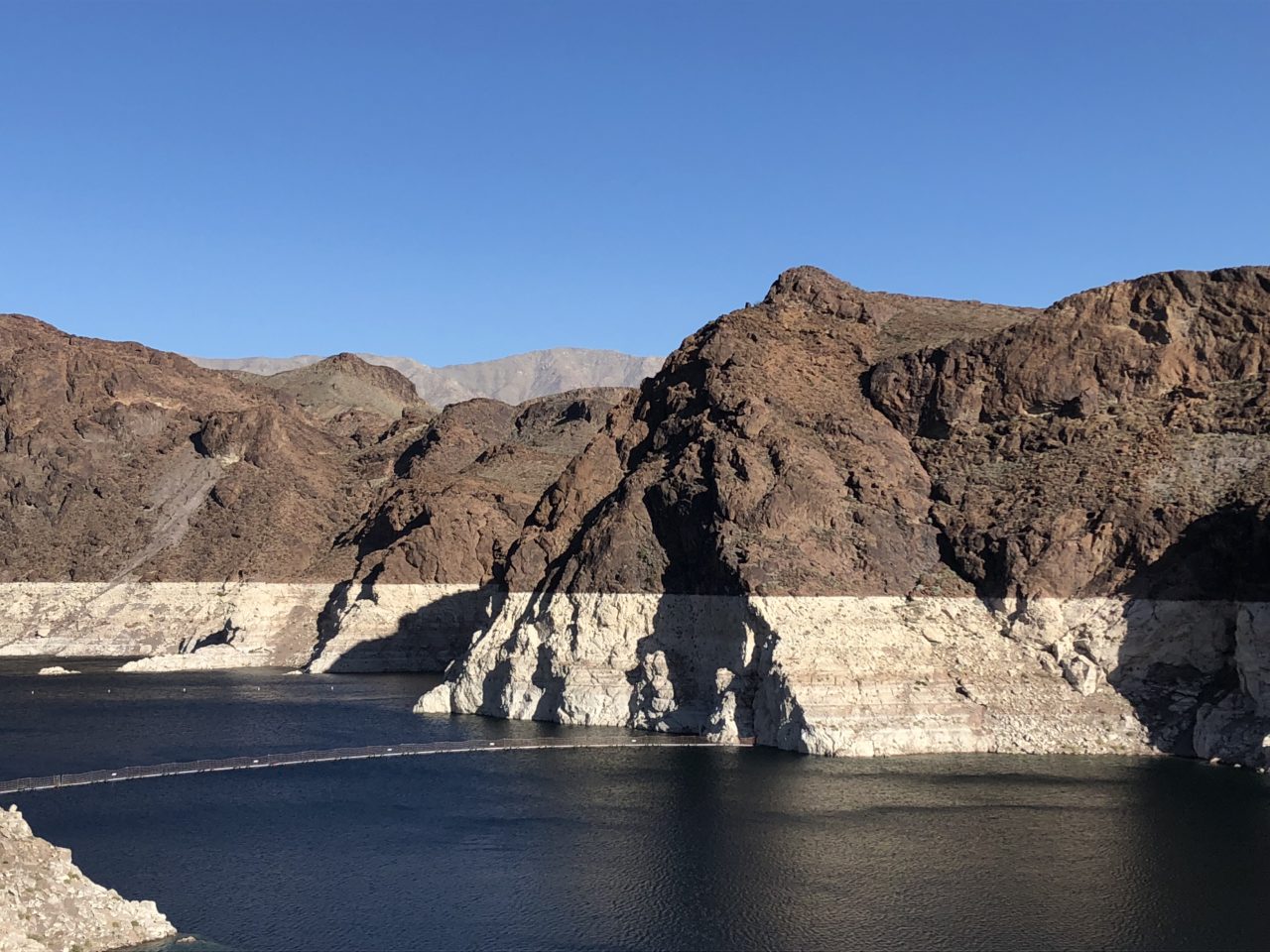Federal agency urges Colorado River states to complete drought plans as chances increase for Nevada, Arizona cutbacks

With Bureau of Reclamation forecasts showing a 52 percent likelihood of a Lake Mead shortage by 2020, the federal agency is urging Colorado River users to complete their drought plans. Negotiations on those plans have slowed amid internal fights in Arizona and California.
A shortage is declared if the level of Lake Mead falls below 1,075 feet above sea level. The reservoir has dropped close to that level over the past two decades amid an 18-year drought and chronic overuse in which downstream users take more water out of the reservoir than comes into it.
The statement comes after months of infighting within Arizona led four states to accuse an Arizona utility of manipulating the operating rules for the river’s main reservoirs, Lake Mead, held back by the Hoover Dam about 30 miles outside of Las Vegas, and Lake Powell.
“We need action and we need it now. We can’t afford to wait for a crisis before we implement drought contingency plans,” said Brenda Burman, the commissioner of Reclamation, the federal agency that manages the West’s reservoirs. “I’m calling on the Colorado River basin states to put real — and effective — drought contingency plans in place before the end of the year.”
If a shortage is called for the first time in 2020, three Colorado River users that pull water from Lake Mead — Arizona, Nevada and Mexico — would face cutbacks. California, which is allowed to pull the most water from the reservoir, would not take any cuts because its rights are senior.
Nevada officials have said that, under a shortage, the state is prepared to take less Colorado River water. The cutbacks aim to keep more water in Lake Mead with the goal of preventing the reservoir from falling even further. Because Nevada treats and returns most of its indoor water through the Las Vegas Wash, it is effectively using only about 80 percent of all the Colorado River water it is entitled to use under the rules that split the river between seven states within the basin. The initial cutbacks ask that Nevada forgo about 10 percent of its allocation. But if the reservoir drops further, the state could be asked to leave more than double that in Lake Mead.
John Entsminger, general manager of the Southern Nevada Water Authority, which pulls 90 percent of its drinking water from Lake Mead, urged the states to finish their drought plans.
"This ongoing drought is a serious situation and Mother Nature does not care about our politics or our schedules," he said in a statement that was included in the Bureau of Reclamation's press release. "We have a duty to get back to the table and finish the drought contingency plan to protect the people and the environment that rely upon the Colorado River."
The cutbacks would be most severe for Arizona.
